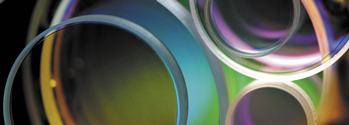
Once completing the MRes component of the course, the students then continue on to their three-year PhD. Below you'll find details of each individuals project which many have extensive support from industrial partners.
The EPSRC Centre for Innovative Manufacturing in Ultra Precision also has a number of PhD students doing their studies in this area of manufacturing. Further details of these can be found here.


